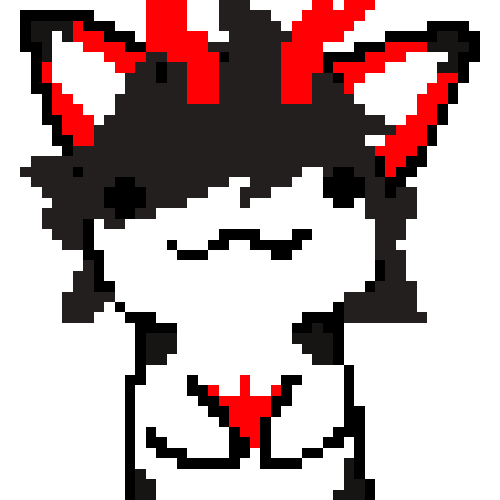Cordycepal neurology
In its research, Zenith stumbled upon the field of Cordycepal neurology.
!!THIS PAGE IS UNDER CONSTRUCTION!!
Genesis
The Host
The host of the Fungus must be dead, although still warm. If the host is still alive, the fungus will not be able to grow and will eventually die from lack of nutrients due to the immune system. Research has show, however, that if the body continues too hot for too long, the fungus will boil, so immunocompromising diseases, while theoretically a risk factor for infection, do not allow the full lyfecycle of the fungus. If decomposition is too advanced or the host is too cold, the spore won't be able to latch on to organical matter. This leads to all confirmed cases having stemmed from so called "ressurected corpses" or hosts who received the spore shortly before dying, "living hosts"
The Fungus
Cordyceps Sapiens, the specific species involved in cordycepal neurologgy, has evolved from other flesh eating cordyceps, however, it has arisen from an incapacity to fight off the living host organism and survive in colder environments in earlier stages of development. This "weakening" of the species has been theorized to be the origin of its complex control over the host, being able to better replicate a nervous system.
Impacts on host
Spore Germination
Spores of this fungus latch on to the mucous membranes. This will lead to an extraordinary growth of hyphae and fruiting bodies, completely covering and/or shutting down the opening to the membrane.
Hyphal growth
From then on, Hypha will grow in a thigmotropic pattern in response to the nerve cells of the organism, as well as the gut, blood vessels and the cornea when positioned to do so. Collagen has been shown repeatedly to be an important factor for early fungal growth, which explains why most naturally occurring hosts appear to have died unusually early.
Nervous cells are what drives the most growth, however, due to the collagen rich perineurium.
Encephalic consumption
Eventually, after the hypha grow enough, they reach the central nervous system. So begins the colonization of the host.
The brain and spine are, by the time the hypha reach them, somewhat degenerated and in early states of decomposition. Begins the second period of extraordinary growth, where the fungus "races" to the encephallus.
Upon arriving, the second phase of the second extraordinary growth period begins, as millions of hypha and fruiting bodies pop up in the cranial cavity. With the rapid growth and easy nutrients, electric impulses in the colony start to bear a striking resemblance to synopsys, starting the formation of memories. These pseudo-memories the fungus forms can bear themes and similarities in common with the hosts memories, however, some aspects are exaggerated and some seem to have no real connection to host memories.
Nerve substitution
The newly formed network of fungal material starts interacting with each other, recreating what has been described as synopsis. From then on, the roots grow in a centriphugal motion out of the encephallus, consuming the remaining nerves of the body to near perfect imitation before total decay of these, and filling in the rest necessary places of nerve placement.
Further alterations
Learning
You have hit confidential information! If granted special access by a higher-up, make a request.
Telepathic capabilities
You have hit confidential information! If granted special access by a higher-up, make a request.
